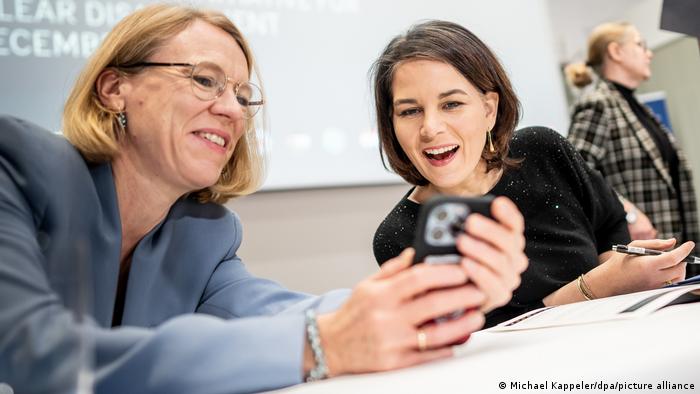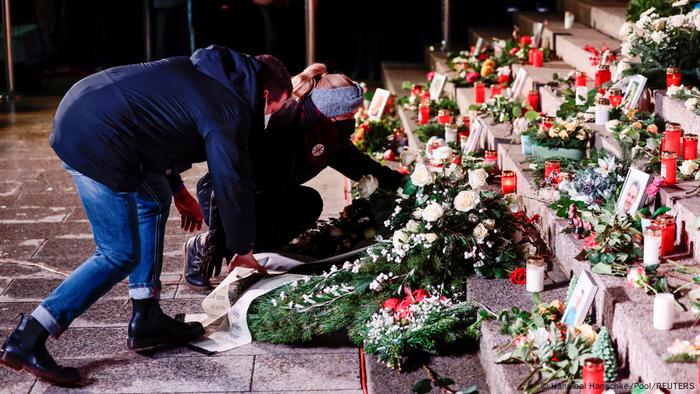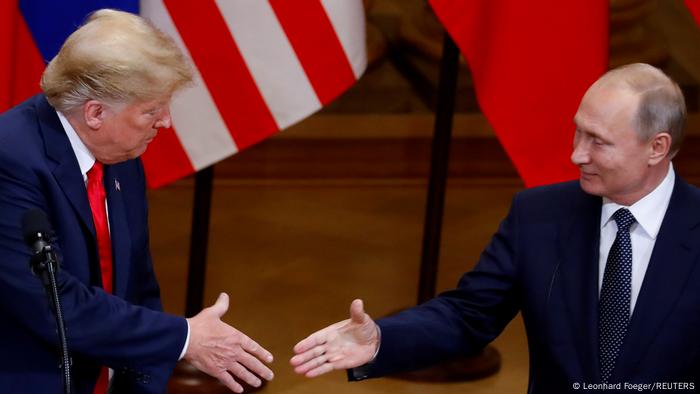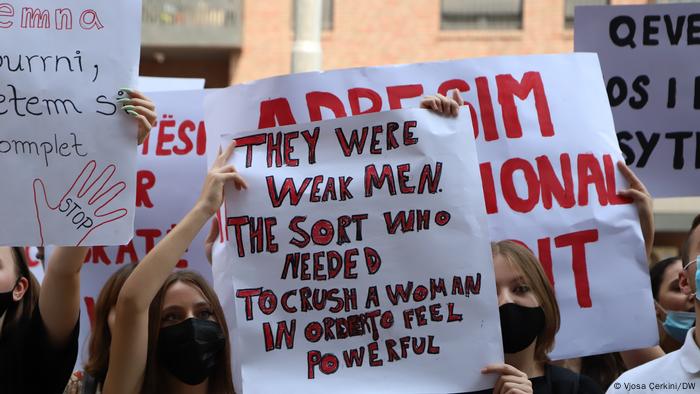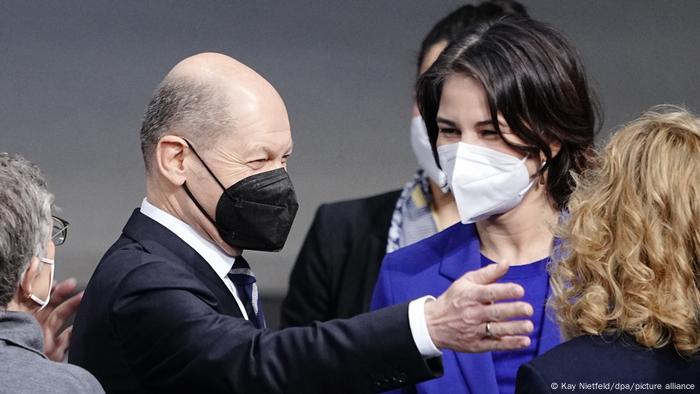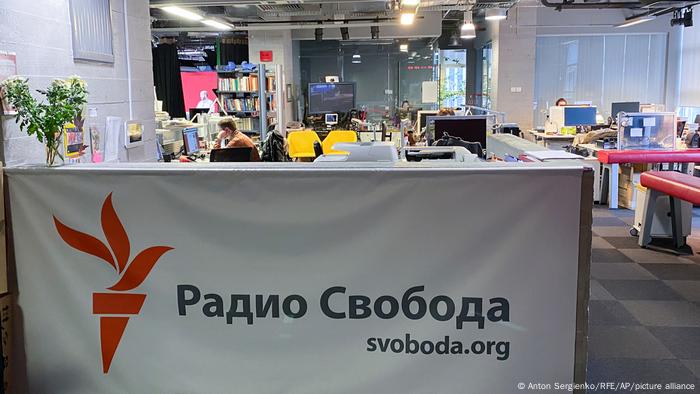Rio Tinto to pause lithium mine in Serbia after protests -report
Thu, December 23, 2021
BELGRADE, Dec 23 (Reuters) - Rio Tinto plans to pause its lithium project in western Serbia after a municipality in the west of the country scrapped a plan to allocate land for the mine, the Beta news agency reported on Thursday, quoting the CEO of Rio's Serbian arm.
The mining group wants to develop the mine near Loznica in the western Jadar river valley to extract lithium, a vital ingredient for batteries for electric vehicles, while another product, borates, are used in solar panels and wind turbines.
But last week Loznica's municipal assembly scrapped a plan which would allocate land for the project.
Beta's report quoted Vesna Prodanovic as saying Rio plans a pause during which it will engage in a public dialogue about the project, which has stirred protests by environmental groups.
"We want to call for a public dialogue, to acquaint residents with all aspects of our project," Beta quoted Prodanovic, who is CEO of Rio Sava Exploration, as saying.
Prodanovic said Rio also plans to "reconsider and possibly improve" technical solutions it wants to use for the mine.
Earlier this year, Rio said any development would meet all domestic and European Union environmental standards but activists say it would cause irreparable damage.
The company's $2.4 billion project is part of Serbian government efforts to bring in more investment and boost economic growth.
In recent weeks, green groups have staged protests and blocked roads across the country, demanding authorities end the project, causing a political headache for the ruling coalition loyal to President Aleksandar Vucic ahead of April elections.
"It is extremely difficult in such an intense anti-mining and negative campaign to have a reasonable debate on any topic," the report quoted Prodanovic as saying.
Vucic has repeatedly said that opening the mine would depend on the outcome of an environmental study and a referendum on it. (Reporting by Aleksandar Vasovic; Editing by Alexander Smith)
